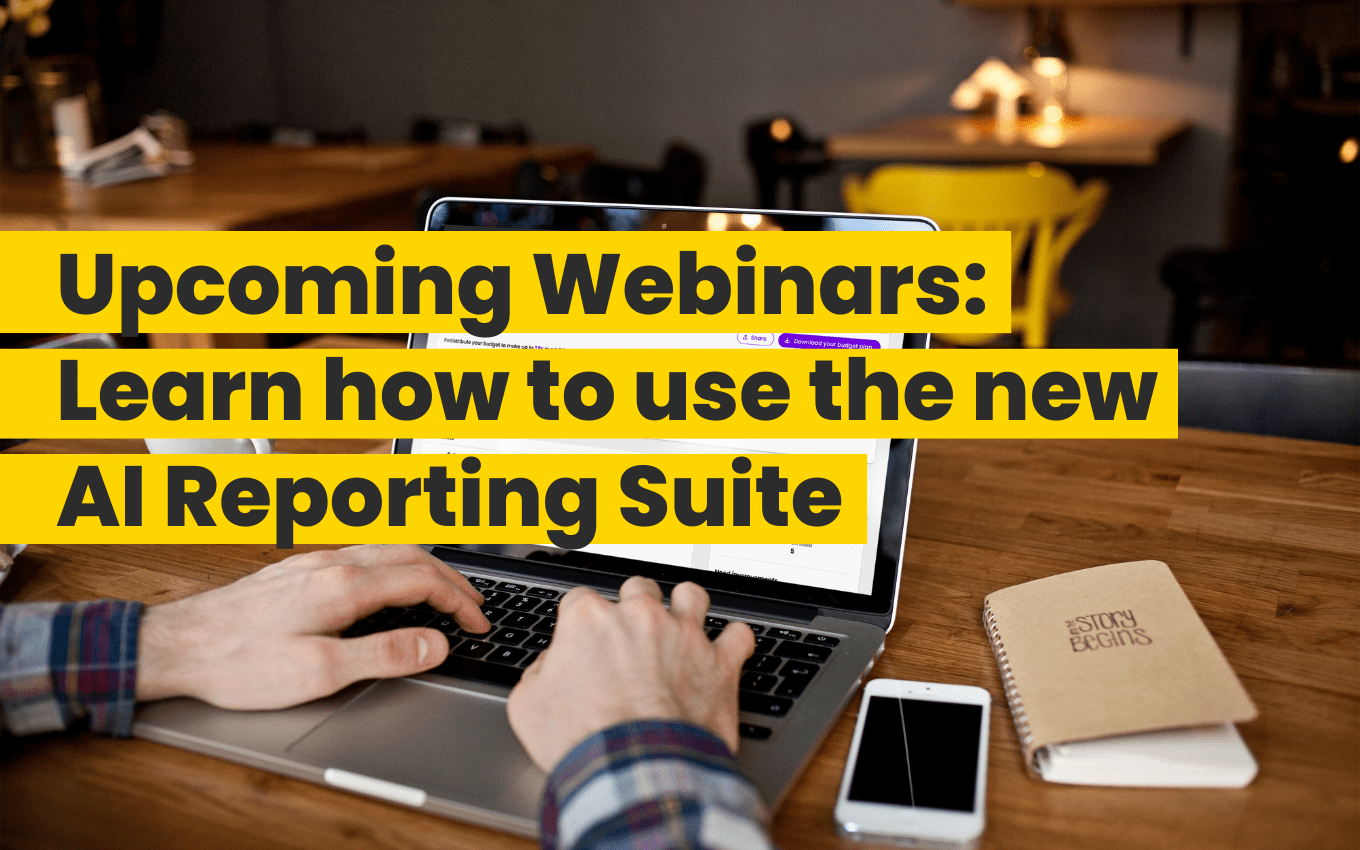As you will no doubt be aware, UA is being discontinued on July 1, 2023. If you’re still using Google UA, you’ll need to migrate to GA4 before then. You can do this by creating a new GA4 property and then migrating your data from UA to GA4.
To help you navigate this process successfully and ensure best practice, our Performance Consultant, Oli Scullion has compiled a checklist of things to avoid during your migration. By avoiding these common pitfalls, you can minimize potential issues and maximize the effectiveness of GA4.
1. Not testing your migration thoroughly:
After completing your migration to GA4, it’s essential to conduct comprehensive testing. Testing allows you to verify that everything is functioning as expected. This includes thoroughly testing your reports, goals, custom dimensions, and metrics. By conducting rigorous testing, you can identify any discrepancies or issues early on and take corrective action.
2. Not copying your remarketing audience from UA:
Unlike UA, GA4 does not automatically copy your remarketing audience. If you want to continue utilizing your existing audience, you must manually copy it over to GA4. Be sure to allocate time for this task to ensure your remarketing efforts can seamlessly continue in the new platform.
3. Not using the right conversion events:
GA4 utilizes a different set of conversion events compared to UA. It’s crucial to familiarize yourself with these events and ensure you’re using the correct ones for your tracking needs. By aligning your conversion events properly, you can accurately measure and analyze user interactions on your website or app.
4. Not using the right dimensions and metrics:
Similarly, GA4 employs a different set of dimensions and metrics compared to UA. Understanding and utilizing the appropriate dimensions and metrics in GA4 is vital for generating accurate and meaningful reports. Take the time to assess your reporting requirements and make the necessary adjustments to ensure you’re tracking the right data.
5. Not using the right filters:
GA4 offers the ability to create filters, allowing you to control the data that is collected. These filters can be valuable for data cleanup or isolating specific segments of users. By not leveraging this feature, you might end up with cluttered or irrelevant data. Utilize filters strategically to streamline your data and focus on the insights that matter most to your business.
6. Not using the right reports:
GA4 introduces a new set of reports tailored for the updated platform. These reports may differ from the ones you were using in UA. To make the most of GA4’s capabilities, take the time to familiarize yourself with the new reports and understand how they can provide valuable insights. This knowledge will enable you to extract meaningful data and make informed decisions.
7. Not using the right tools:
During your GA4 migration, numerous tools are available to support you. These tools can assist with tasks such as data migration, tracking setup, and report creation. Leveraging the appropriate tools can simplify the migration process and enhance your overall experience with GA4. Explore the available resources and select the ones that align with your specific needs.
We’re here to help you with your GA4 migration!
If you find yourself in the midst of a GA4 migration and want to ensure you haven’t fallen into any of the above-mentioned traps, I’m here to help! Feel free to drop me a message at oli@askbosco.com, and I’ll be happy to assist you in making your GA4 migration a success.
Remember, a successful migration to GA4 involves careful planning, meticulous testing, and a thorough understanding of the nuances. By avoiding these common pitfalls and seeking expert guidance when needed, you can seamlessly transition to GA4 and unlock its full potential for data-driven insights and decision-making.


 Author:
Author:

